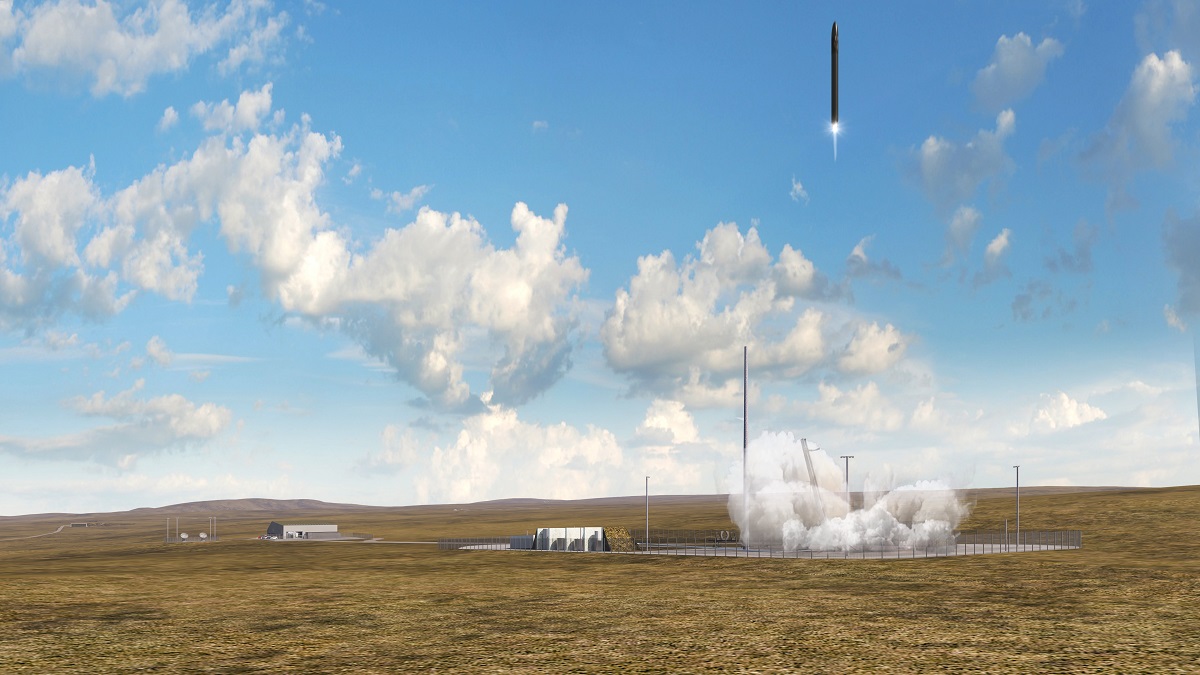The UK Space Agency announced at the Farnborough International Airshow 2018 (FIA 2018) that the future English space port would be located in Sutherland County, Scotland.
The company Highlands and Islands Enterprise (HIE) is in charge of setting up the first British spaceport. During the announcement, spokespersons for the UK Space Agency explained that \”Sutherland\’s choice is due to its excellent situation because in the event of a failed launch, the remains of the rocket would end up in the ocean or in unpopulated areas.\”
The Board approved an initial budget of £ 17.3 million to support the project, now called Space Hub Sutherland (SHS). This included £ 2.5 million from UKSA and £ 9.8 million from the HIE itself. The remaining 5 million pounds were requested from the Nuclear Decommissioning Authority.
But how will this spaceport benefit Scotland? How will it affect the nature so characteristic of the Highlands of the country? What kind of missions will be launched? Fuera de Órbita has interviewed the director of the Space Hub Sutherland project, Roy Kirk.
What is the Space Hub project?
Our ambition is to establish Space Hub Sutherland as the world’s greenest spaceport. Our plan is to launch small satellites into orbit (polar and sun synchronous) using launch vehicles built in Scotland. Planning permission has been approved for up to 12 vertical launches per year.
Why did you choose Sutherland to establish your spaceport?
We’ve been aware for several years that the Highlands and Islands possesses fantastic assets to support the growth of the UK space sector and deliver high quality jobs and community benefits in our region. These assets include our northern location which is good for orbital access, relatively sparse population in some rural areas, proximity to the coast, and a skilled workforce and supply chain. Sutherland has all these qualities.
How will this spaceport benefit Scotland?
We’ve commissioned studies that estimate major economic impacts. The spaceport is expected to generate 250 high quality jobs, which is a significant number for the Highlands and Islands. Around 60 of these will be based in Sutherland and Caithness, including 40 or so at the launch site itself, which will create opportunities for local people and attract new talent to a relatively remote location where population is currently falling.
Jobs elsewhere in our region include manufacturing and supply chain activities. Our launch partner, Orbex, is based in the Moray town of Forres, where its innovative Prime launch vehicle will be manufactured.
The spaceport site is in community ownership and will be leased from Melness Crofters Estate, so there’s an immediate financial benefit for local people in the form of rental income. We’ve also set up a community liaison group, which is independent of HIE, and focused on maximising ways in which the spaceport can benefit the wider local area in this part of Sutherland.
Importantly, launch capability and vehicle manufacturing in the Highlands and Islands will complement other space-related activity in Scotland, including satellite design and manufacture and the analysis and use of data gathered from space missions. That diversity provides a foundation that can help ensure the continued growth of an important new space sector in Scotland and contribute to the UK’s position in a competitive international market.
Will it have any impact on the environment?
We’re serious about mitigating the spaceport’s environmental impact, and enhancing parts of the landscape in and around the launch site where possible. We commissioned specialists to carry out extensive environmental studies that were submitted as part of our planning application, including bird surveys that have now been going on for four years.
We also have a detailed peat management plan to ensure that all the peat that is disturbed during construction will be kept on-site, with some being used to restore areas that have been dug out over centuries of human activity and are currently degraded.
At around 10 acres, the launch zone is very modest in size. Also, the Orbex Prime launch vehicles that we’ll be launching are relatively small and lightweight. They use biofuel that cuts carbon dioxide emissions by up to 90% and the stages that drop into the sea can be gathered up for re-use.
When will the first release be seen from there?
We are working with our launch partner Orbex towards a first launch taking place in 2022.
What kinds of systems will be launched from the spaceport?
Space Hub Sutherland will be a commercial spaceport, so the launch site operator and our launch partner Orbex will be responsible for attracting business from a range of customers. We expect a significant proportion of satellites launched from Sutherland to be used for Earth observation, including monitoring climate change and gathering data that will inform how the global climate crisis can be addressed.

[…] English version here […]